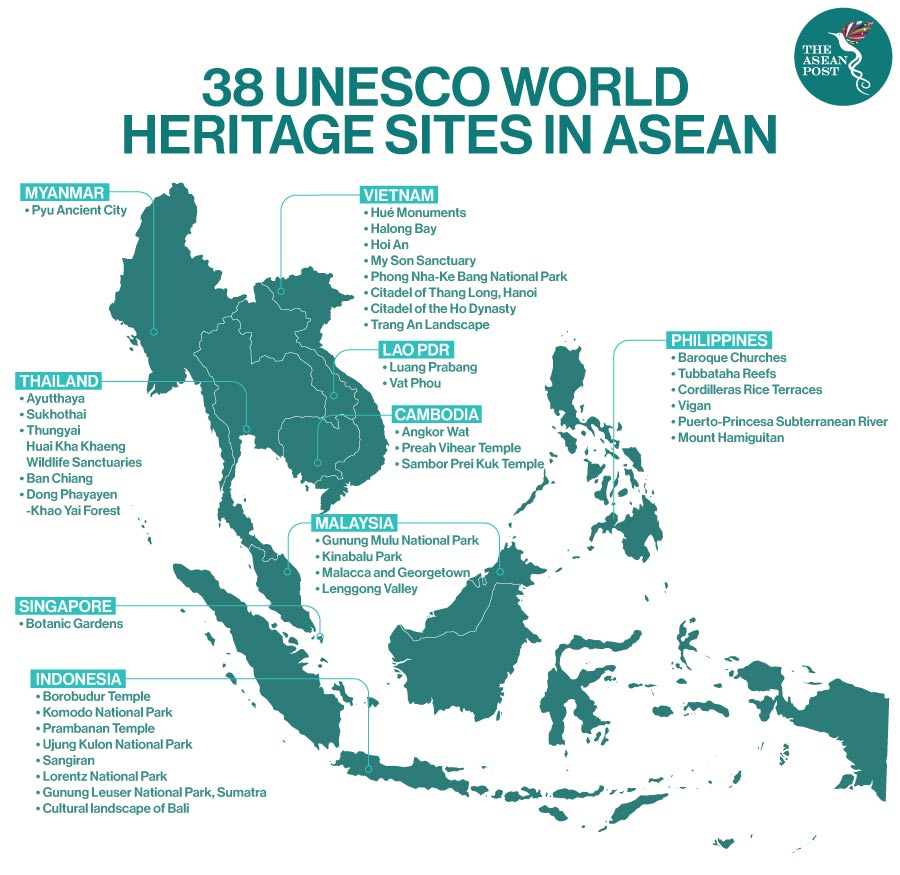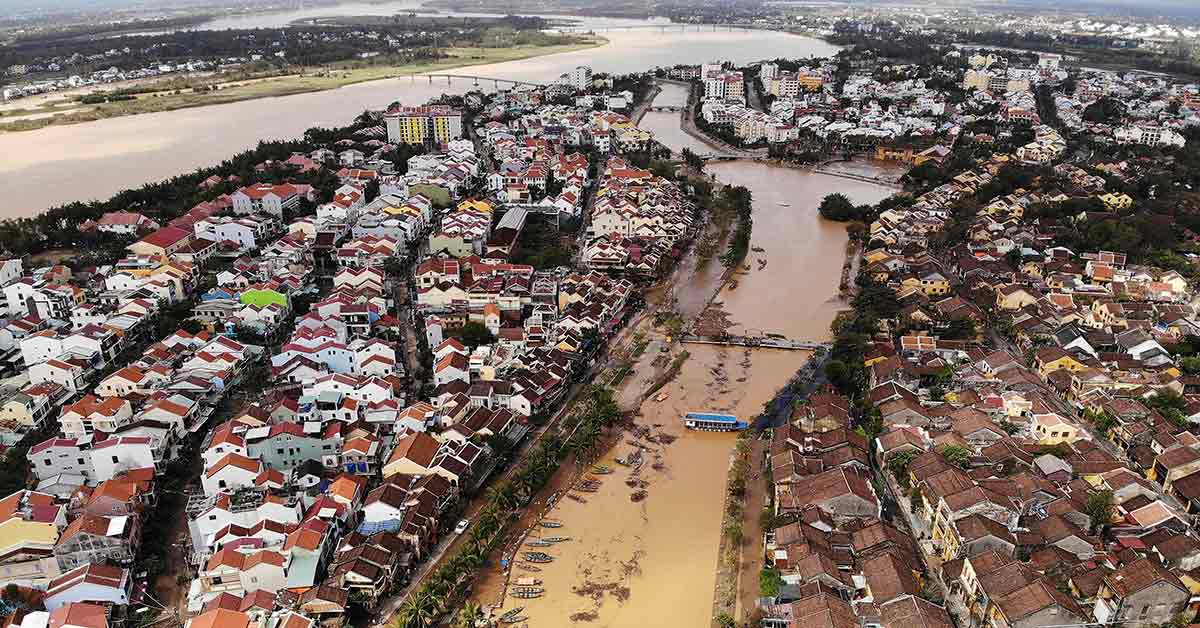2020 has been one of the most challenging years since time immemorial. While news of effective vaccines has made the headlines these past few weeks, the journey to eradicate the COVID-19 virus is far from over.
The novel coronavirus has infected over 68.5 million people around the world to date. It has not only taken over a million lives in the past year, but it has also severely affected livelihoods and the economy in general. Millions of people have lost their jobs, child wasting and forced marriages are on the rise, and as many as 150 million people are projected to fall into extreme poverty by 2021 – all due to the pandemic.
Nevertheless, there have been some positive effects of the crisis. For instance, the first half of the year saw an unprecedented decline in carbon dioxide (CO2) emissions ever recorded – larger than during the financial crisis of 2008 or even during World War II. According to media reports, in the first six months of 2020, 8.8 percent less CO2 was emitted than in the same period last year.
Moreover, although the tourism industry was hit hard by the pandemic, conservationists noted some positive COVID-19 effects on World Heritage Sites (WHS), which have long faced challenges from climate change.
A report titled “IUCN World Heritage Outlook 3” released by the International Union for Conservation of Nature (IUCN) last month states that the pandemic and preventive measures such as travel restrictions were impacting or had the potential to impact more than 50 of these sites.
A positive impact is “most notably a decrease in pressure from tourism visitation on natural ecosystems,” it said, though the organisation warned that the “negative factors are numerous.”
It pointed to how closing sites to tourism has caused significant revenue loss, and a rise in illegal activities such as poaching with fewer staff deployed to prevent them.
However, climate change is still by far the biggest single threat to WHS. Even though the pandemic has driven one of the largest drops in CO2 emissions, it has only marginally slowed the overall rise in its concentrations.
"The lockdown-related fall in emissions is just a tiny blip on the long-term graph. We need a sustained flattening of the curve," said Petteri Taalas, secretary general of the World Meteorological Organization (WMO).
Back in May, the concentration of CO2 in the atmosphere was the highest ever recorded, at around 418 parts per million (PPM), even in the midst of the pandemic.
World Heritage Sites
There are over 200 WHS across the globe and 38 heritage sites in Southeast Asia under the United Nations Educational, Scientific and Cultural Organisation (UNESCO)’s list of WHS. Popular sites in the region include Thailand’s historic city of Ayutthaya, the large compounds of the Prambanan Temple in Indonesia and Malaysia’s Kinabalu Park.

Unfortunately, some WHS have been listed under IUCN’s recent lists of “significant concern” and “critical” conservation outlook.
Thailand’s Dong Phayayen-Khao Yai Forest Complex and Vietnam’s Phong Nha-Ke Bang National Park were branded as sites with significant concerns.
Whereas Australia’s Great Barrier Reef and Indonesia’s Tropical Rainforest Heritage of Sumatra were among 18 sites with a “critical” conservation outlook and require urgent and large-scale conservation measures.
Back in 2017, the IUCN World Heritage Outlook showed climate changes as the fastest growing threat. Now, climate change has effectively become the most prevalent current threat. Overall, it is assessed as a high or a very high threat in 83 out of 252 sites. Climate change is also associated with increasing frequency and severity of fires such as the 2019-2020 fires at the Gondwana Rainforests of Australia and Pantanal Conservation Area in Brazil.
Invasive alien species follows behind as the second most prevalent current threat. But a strong link between the first two threats is highly likely, said the IUCN. Examples where climate change has facilitated the spread of invasive alien species include Cape Floral Region Protected Areas in South Africa and Garajonay National Park in Spain.
The report “reveals the damage climate change is wreaking on natural World Heritage, from shrinking glaciers to coral bleaching to increasingly frequent and severe fires and droughts,” Bruno Oberle, IUCN’s director-general said in a statement.
A 2020 Report of the “Lancet Countdown on Health and Climate” said that both, climate change and the pandemic have become dire due to a failure to act quickly, collaboratively and decisively. However, if governments are strategic in their stimulus spending to help the global economy recover from the pandemic, then the climate crisis could also be set towards a better path.
Experts have also urged leaders to make climate change a priority in the post-pandemic era.
“We need to keep pressuring our governments to keep the commitments they made in the Paris Agreement to end fossil fuel dependence and enable a just transition to renewable energy, drastically cut emissions by the next decade, and deliver finance for those on the front lines of the climate emergency. We do not have any time to waste – for millions around the world, from Scotland to Kiribati, environmental break-down is not looming on the horizon, it is already here today,” stated Pelenise Alofa and Tasneem Essop from the Climate Action Network in a recently published article.
Related Articles:
